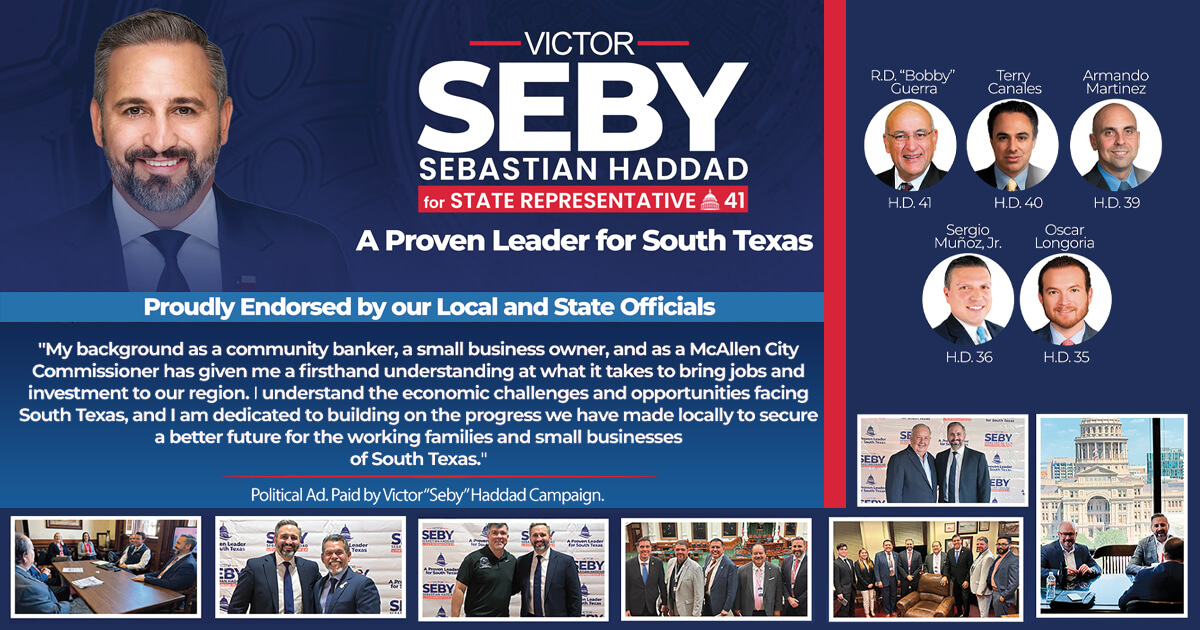
Texas Border Business
By Amanda A. Taylor
BROWNSVILLE, TX – To the untrained eye, a glittering orange firework from space may not have much significance. But for astronomers, the image can provide significant information in the understanding of the cosmos.
The UTRGV TOROS (Transient Optical Robotic Observatory of the South) telescope in April made “first light” – a term used to describe obtention of the first calibrated image of the sky.
The images TOROS brought – pictures of fiery, glittering bursts of light – captured star clusters from the Milky Way thousands of light years away, only made visible to the human eye through its powerful lenses.
Funded by the National Science Foundation from the “Windows on the Universe: The Era of Multi-messenger Astrophysics” program in 2019, the installation, commissioning, operation, and analysis of these observations is conducted jointly by UTRGV, Texas A&M and the University of Córdoba in Argentina.
The grant, which completed an investment totaling $1 million on this project, was awarded to Dr. Mario C. Díaz, UTRGV’s director of the Center for Gravitational Wave Astronomy and professor of Physics and Astronomy.
Students studying under this grant will acquire skills in data analysis, artificial intelligence, and robotics, which is beneficial not only in the observational astronomy discipline, but it is a very valuable skill in the area of informatics, Díaz said.
The goal is to make the TOROS system a fully robotic facility where software will be able to integrate all instances of operation, including responding to gravitational-wave and transient alerts and scheduling observations, processing raw data, and carrying out initial analyses.

FIRST LIGHT AND BEYOND
Diaz said first light refers to the first time that, after the construction and installation of a telescope, it takes the first image of some scientific value.
“After doing the first calibrations in getting the dome to move, and after hooking up everything, it’s pointing to the sky and taking that first important image,” he said. “It’s also testing the quality of the instrument, so it’s sort of finishing the commissioning stage of the instrument.”
The TOROS telescope is located in the Macón mountains in the province of Salta, Argentina, about 15,000 feet above sea level, which makes this telescope the highest American optical telescope in the world.
The main goal for TOROS is to follow-up with electromagnetic emissions associated with gravitational wave events, such as the merger of two neutron stars or a neutron star and a black hole.
As a robotic telescope, TOROS can be controlled remotely over the internet as it scans the sky during the night and can detect powerful collisions of compact objects in galaxies up to 600 million light years away. Capturing the light signals of such events provides a wealth of information in addition to the data supplied by gravitational waves.
TOROS became fully operational in 2020, but due to the pandemic, there were limited capabilities and research efforts were postponed.
Activities resumed in April 2021, when the first images were obtained from three star clusters within the Milky Way: The Omega Centauri cluster, which is located about 17,000 light years away from Earth; the Pearl cluster, about 8,000 light years away; and the Great Peacock cluster, 14,000 light years away.
Design sensitivity is expected to be completed before the end of the year with the installation of a focal corrector and a high-end digital camera (CCD), which are being developed at the Texas A&M instrumentation lab.
The power of the information provided during the telescope first light is equivalent to using it to distinguish from Brownsville, Texas, to two cars 10 feet apart in Austin, Texas, which is located 350 miles away.
FURTHER FUNDING
An additional grant, “Optical follow-up of gravitational-wave events in the Southern hemisphere: Development of the TOROS project software pipeline,” for $414,000 was awarded to Díaz on July 15, 2021, by the National Science Foundation, with Díaz as principal investigator.
The new grant will allow further development, testing and implementation of software and pipelines required to continue research on observing and characterizing transient optical light from the mergers of compact stellar objects. It also will enable new capabilities in the TOROS sky coverage with improved sensitivity.
“We knew TOROS would make important contributions to the follow-up observation of gravitational wave sources,” Díaz said.
“Through these new technologies we essentially will be able to determine the rate of expansion of the universe. Detecting gravitational waves is, in some sense, like detecting sound because of the frequencies in which they happen and the coded information they hold about where they’re located,” he said.
This project advances the goals of the NSF Windows on the Universe Big Idea. More information on the new grant can be found here.














